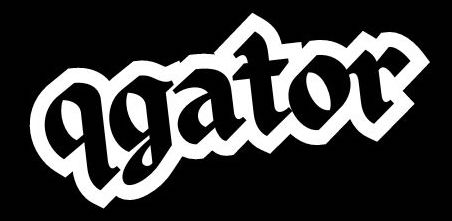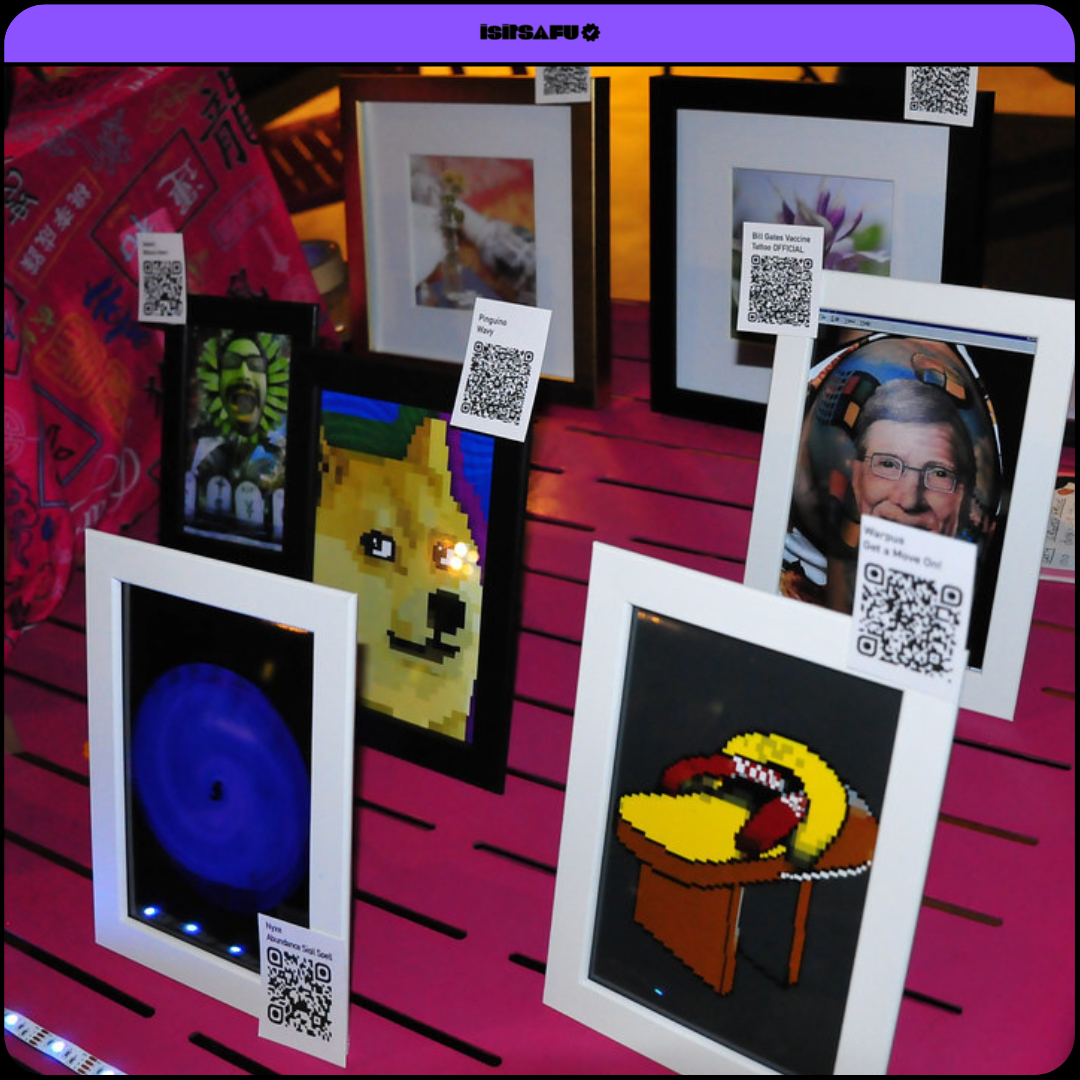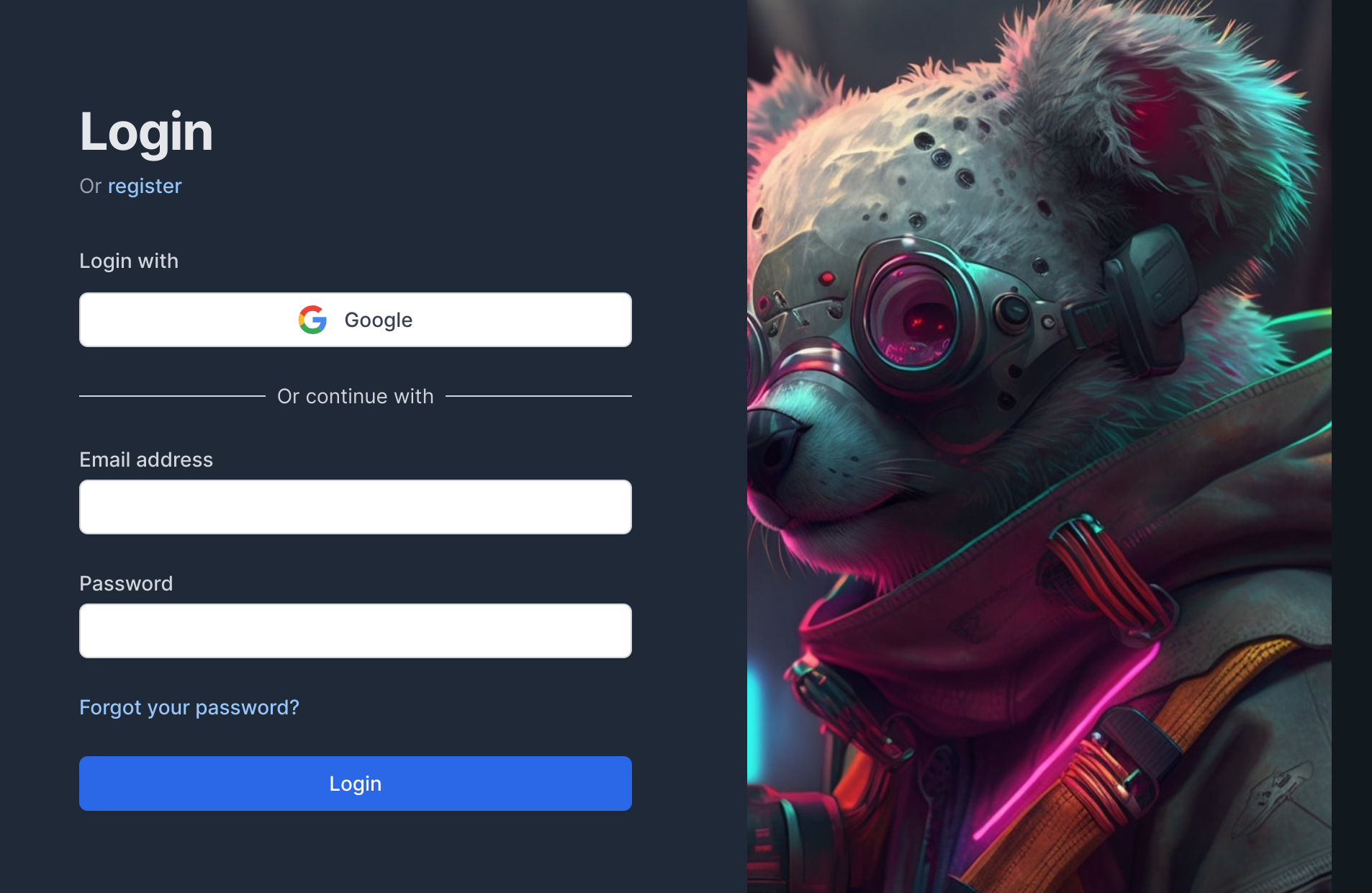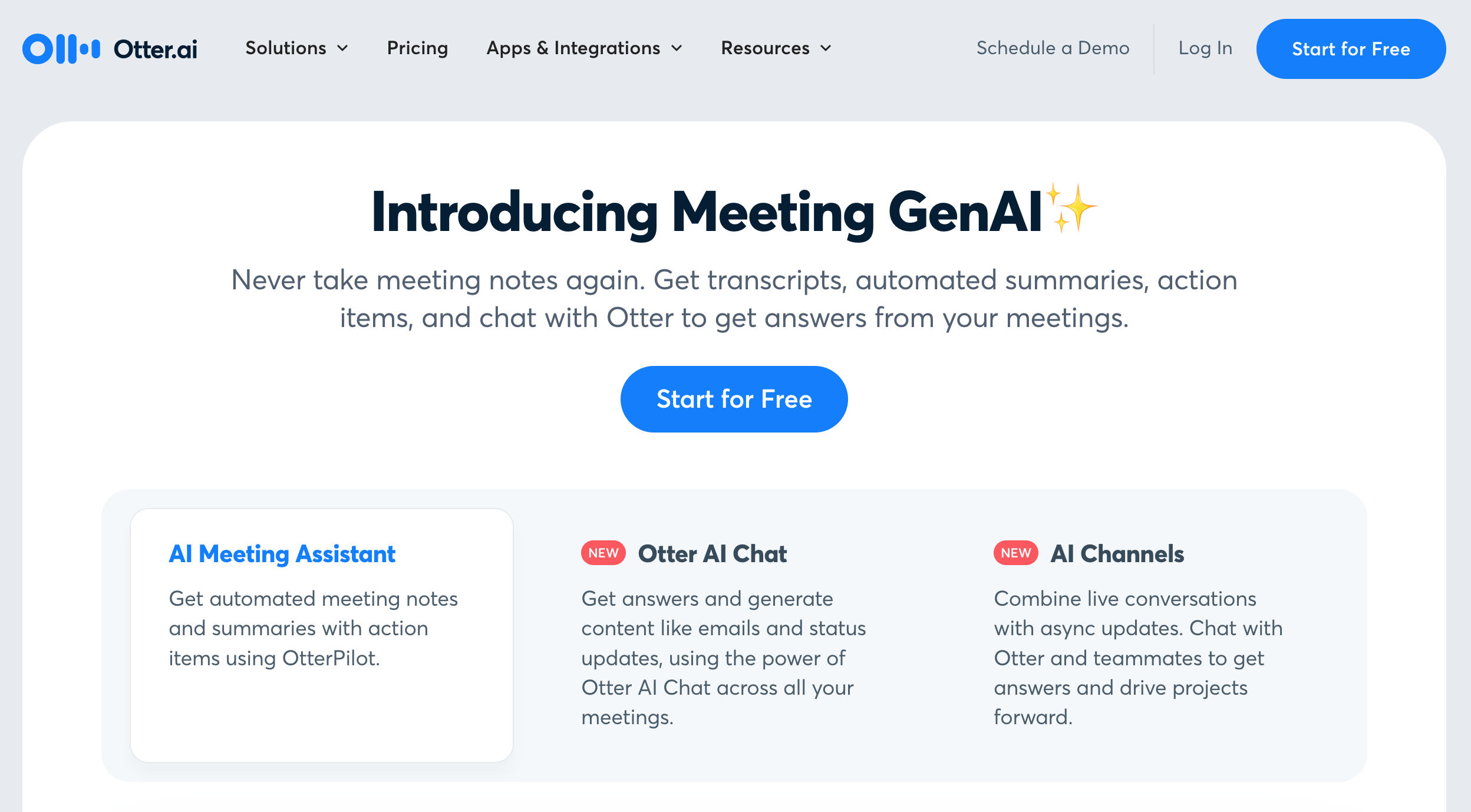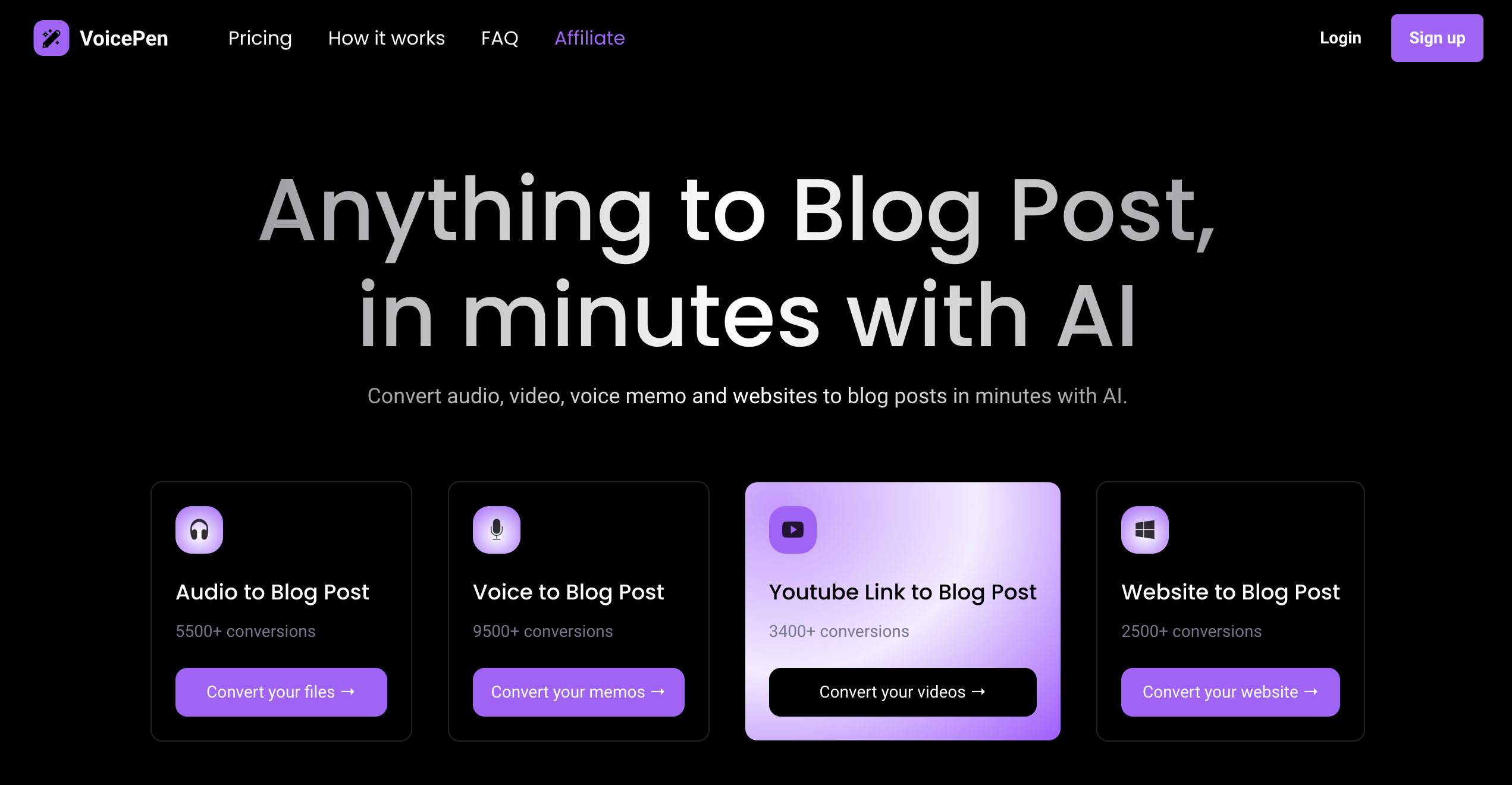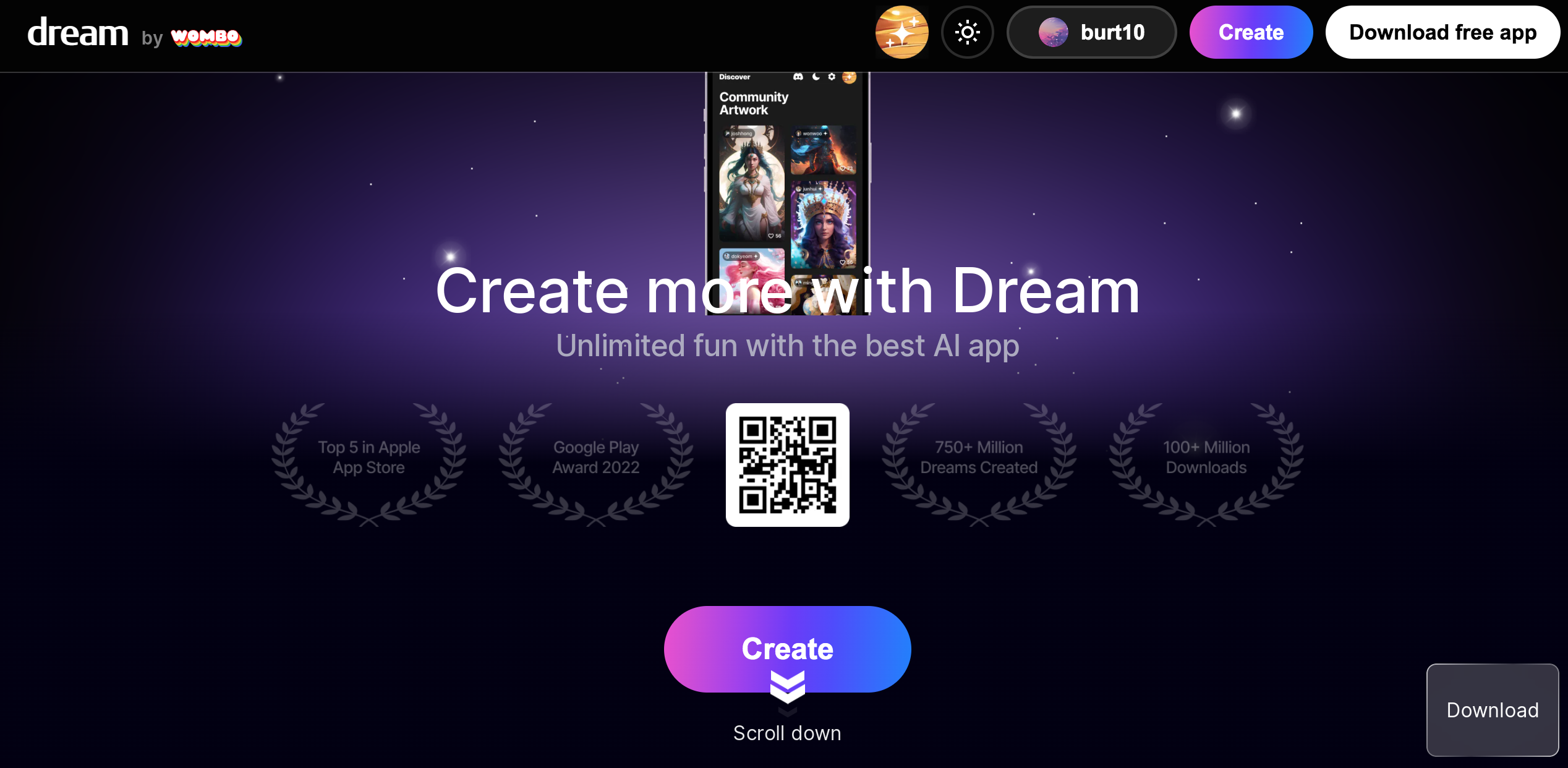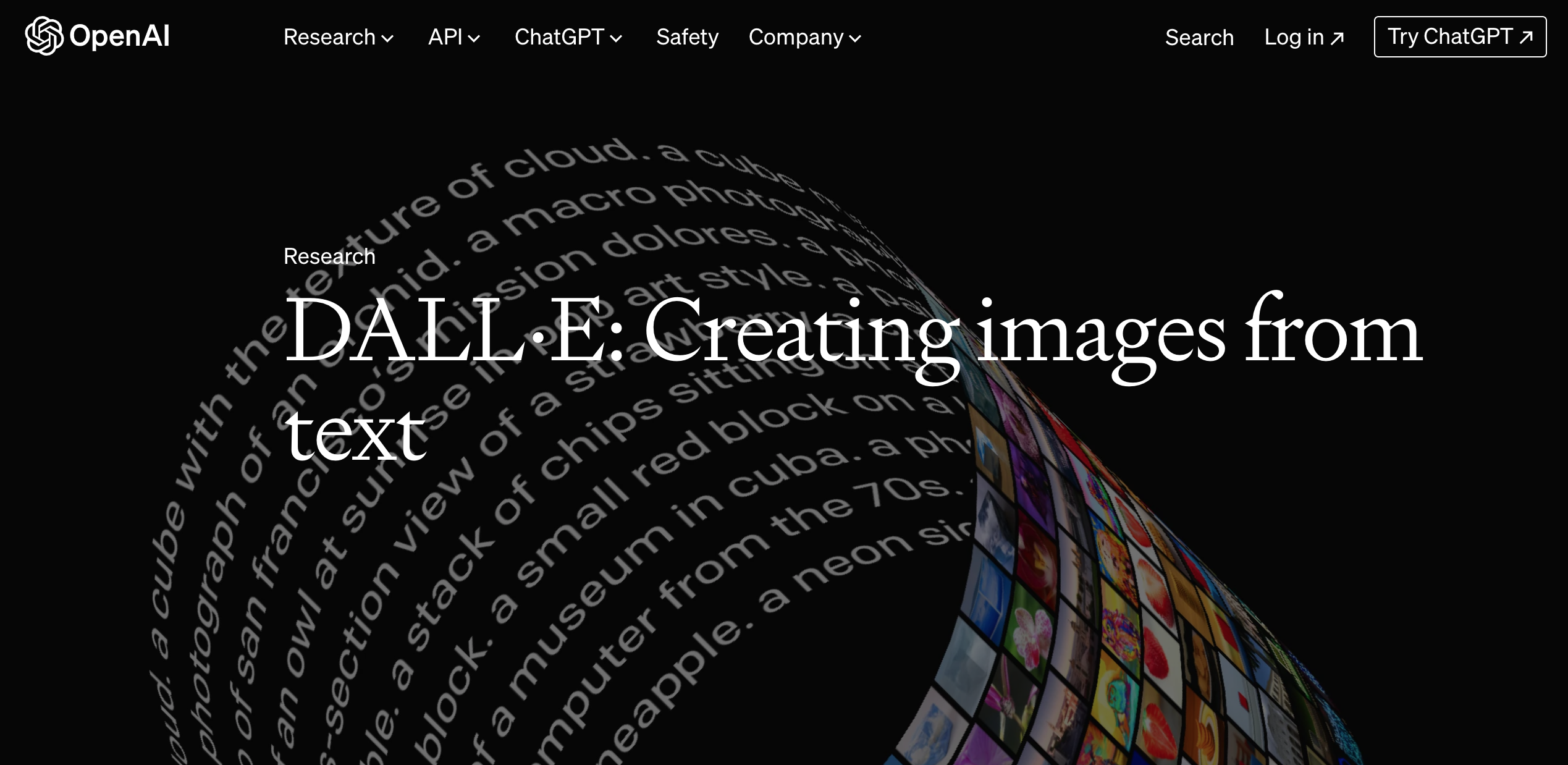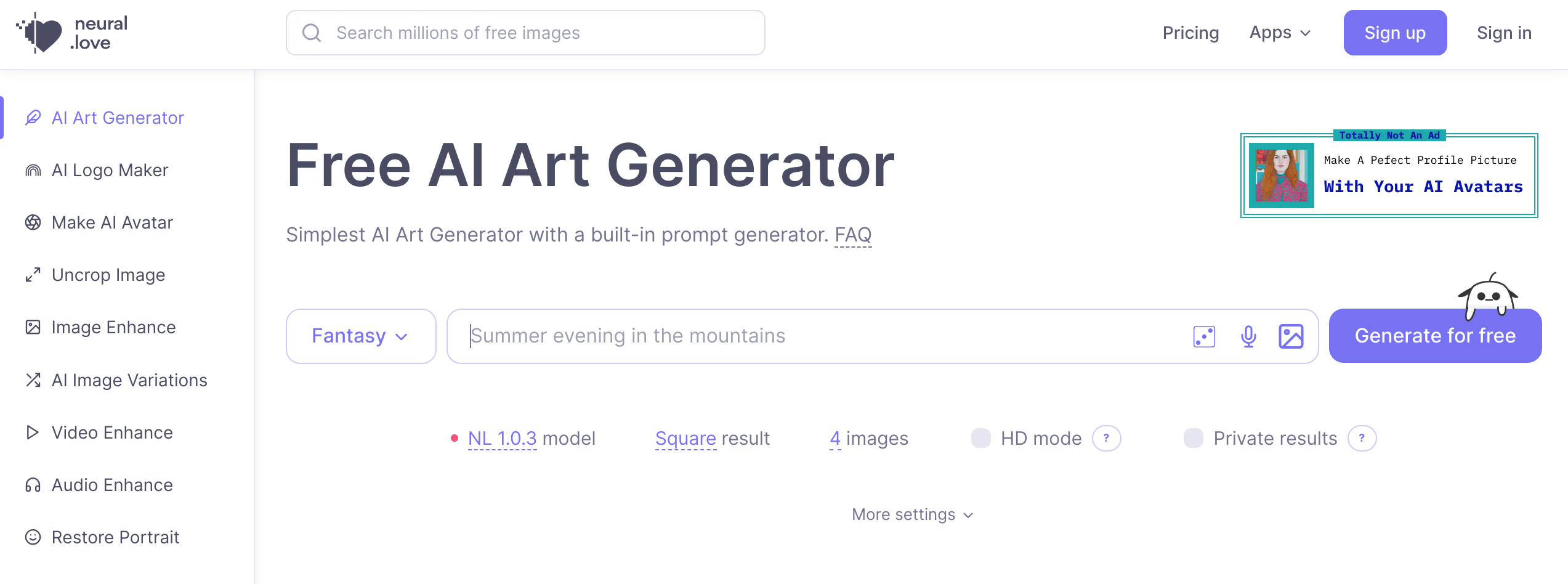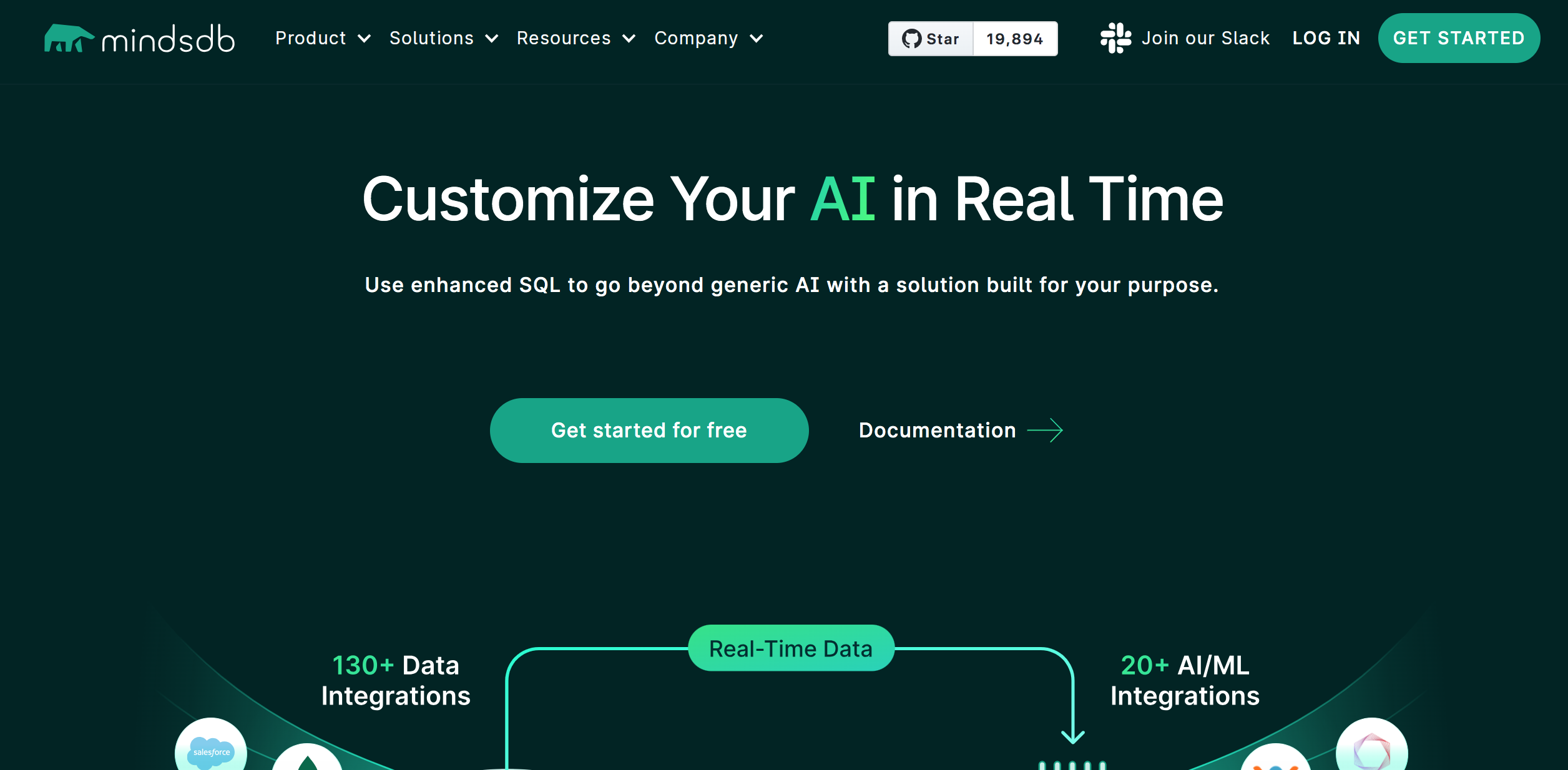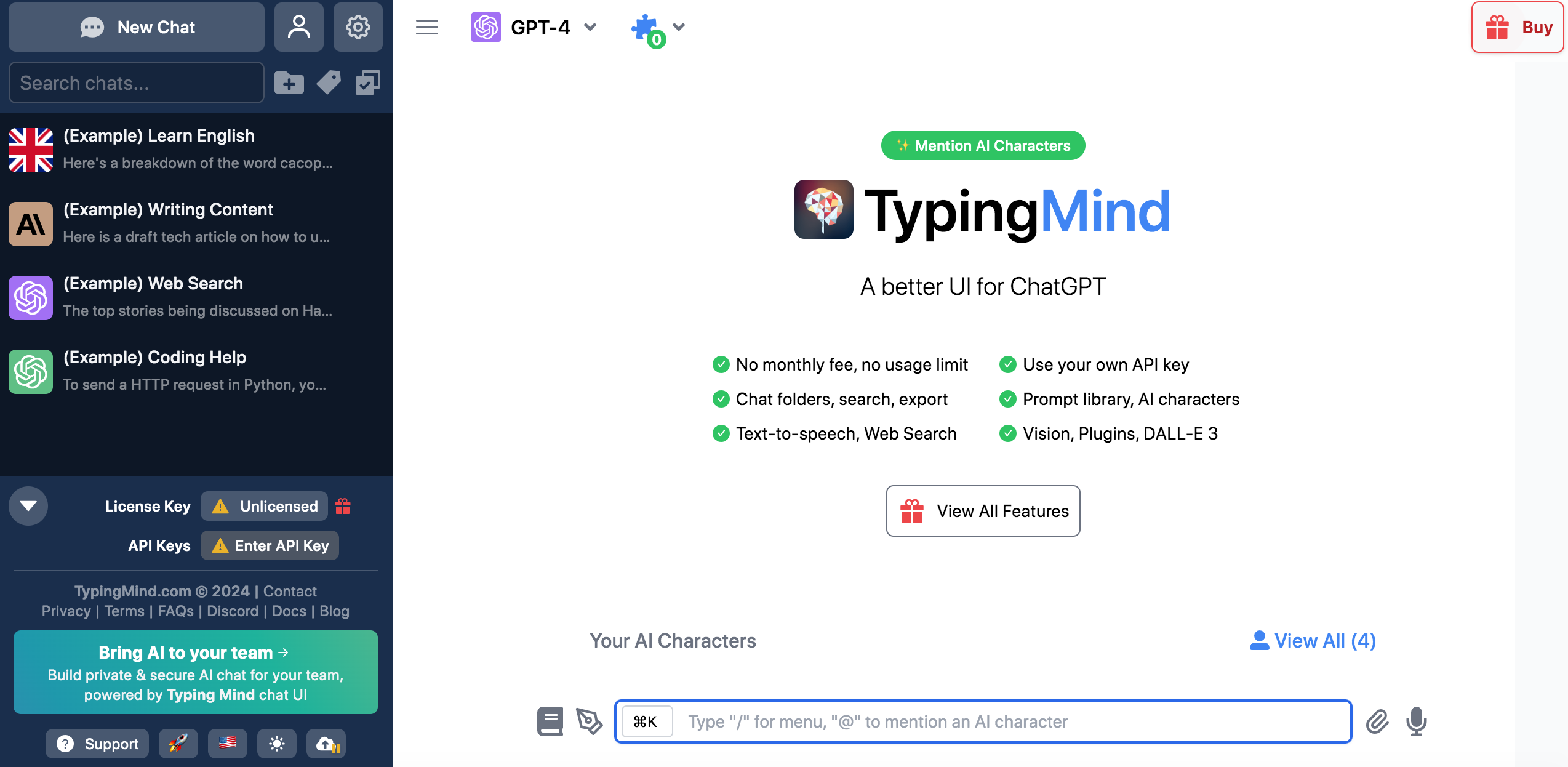I. Introduction
Non-fungible tokens (NFTs) have taken the world by storm, revolutionizing the way we think about digital ownership and authenticity. In the Web3 space, NFTs have the potential to transform industries beyond just art and collectibles. In this article, we will explore the role of NFTs in Web3, their benefits and use cases, as well as the challenges and risks associated with their use.
II. What are Non-Fungible Tokens (NFTs)?
NFTs are digital assets that represent ownership of a unique item or piece of content. Unlike fungible tokens, such as cryptocurrencies, which are interchangeable with one another, NFTs cannot be exchanged for something else of equal value. Each NFT is one-of-a-kind and has its own unique identifying characteristics.
III. How do NFTs work?
NFTs are created using blockchain technology, which provides a decentralized and immutable record of ownership. When an NFT is created, a smart contract is used to define the characteristics of the asset, such as its name, description, and ownership details. Once the NFT is minted, it can be bought, sold, and traded on various marketplaces and platforms.
IV. The Benefits of NFTs in Web3
NFTs offer a range of benefits in the Web3 space. Firstly, they provide a way for creators to monetize their work and retain ownership of their intellectual property. This is particularly relevant in the art and music industries, where traditional methods of distribution and revenue generation have been disrupted by the internet.
Secondly, NFTs offer a way to authenticate and verify the provenance of digital assets. This is important for collectors and investors who want to ensure that they are purchasing genuine items. With blockchain technology, the entire history of an NFT can be traced back to its creation, providing a transparent and secure record of ownership.
Finally, NFTs enable new business models and revenue streams to emerge. For example, creators can earn royalties on the sale of their NFTs, even after they have sold the initial item. This provides an ongoing source of income that is not tied to traditional revenue models such as advertising or sponsorships.
V. NFT Use Cases in Web3
NFTs have a wide range of use cases in the Web3 space beyond just art and collectibles. For example, they can be used to represent virtual real estate in decentralized virtual worlds, or to represent unique in-game items in blockchain-based gaming platforms. They can also be used in identity verification systems and supply chain management.
NFTs can also be used to represent financial instruments, such as derivatives or options contracts. This has the potential to transform the way financial markets operate, providing a decentralized and transparent system for trading and settling transactions.
VI. Challenges and Risks Associated with NFTs
While NFTs offer a range of benefits, there are also challenges and risks associated with their use. One of the biggest challenges is the issue of environmental sustainability. The energy consumption required for the creation and sale of NFTs has been criticized for its impact on the environment.
Another challenge is the potential for market manipulation and fraud. As NFTs become more popular, there is a risk that bad actors may try to exploit the system for their own gain. This could lead to inflated prices and a lack of transparency in the market.
VII. Conclusion
Non-fungible tokens have the potential to transform the Web3 space, offering new opportunities for creators, investors, and businesses alike. While there are challenges and risks associated with their use, the benefits of NFTs cannot be ignored.
As Web3 continues to evolve, it is likely that we will see new and innovative use cases for NFTs emerge. From virtual real estate to financial instruments, NFTs have the potential to transform the way we think about ownership and value in the digital age.
In conclusion, NFTs represent a significant step forward in the Web3 space, providing a way to authenticate and verify ownership of unique digital assets. While there are challenges and risks associated with their use, the potential benefits of NFTs are vast and varied. As such, it is likely that we will see continued growth and innovation in the NFT market in the years to come.
